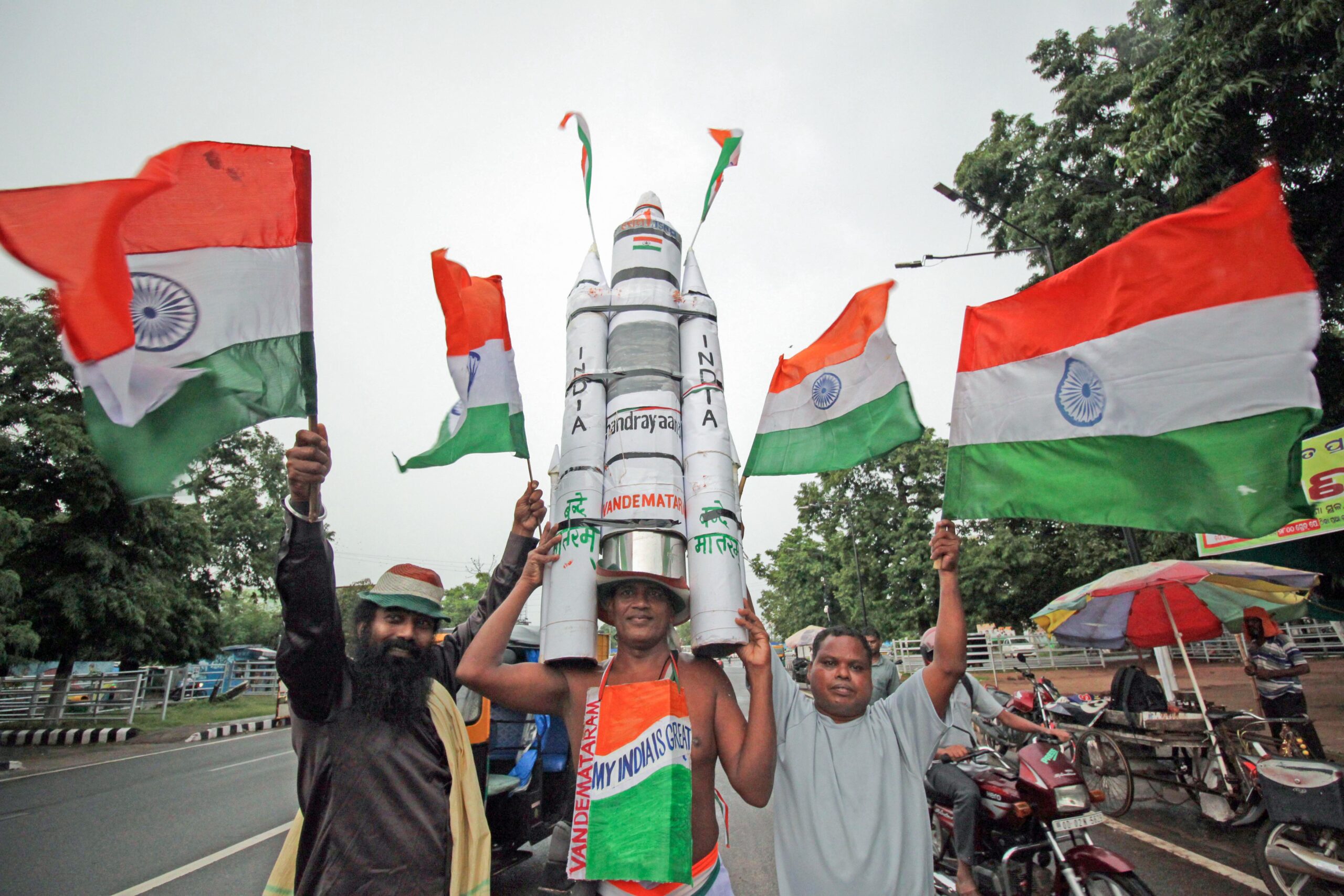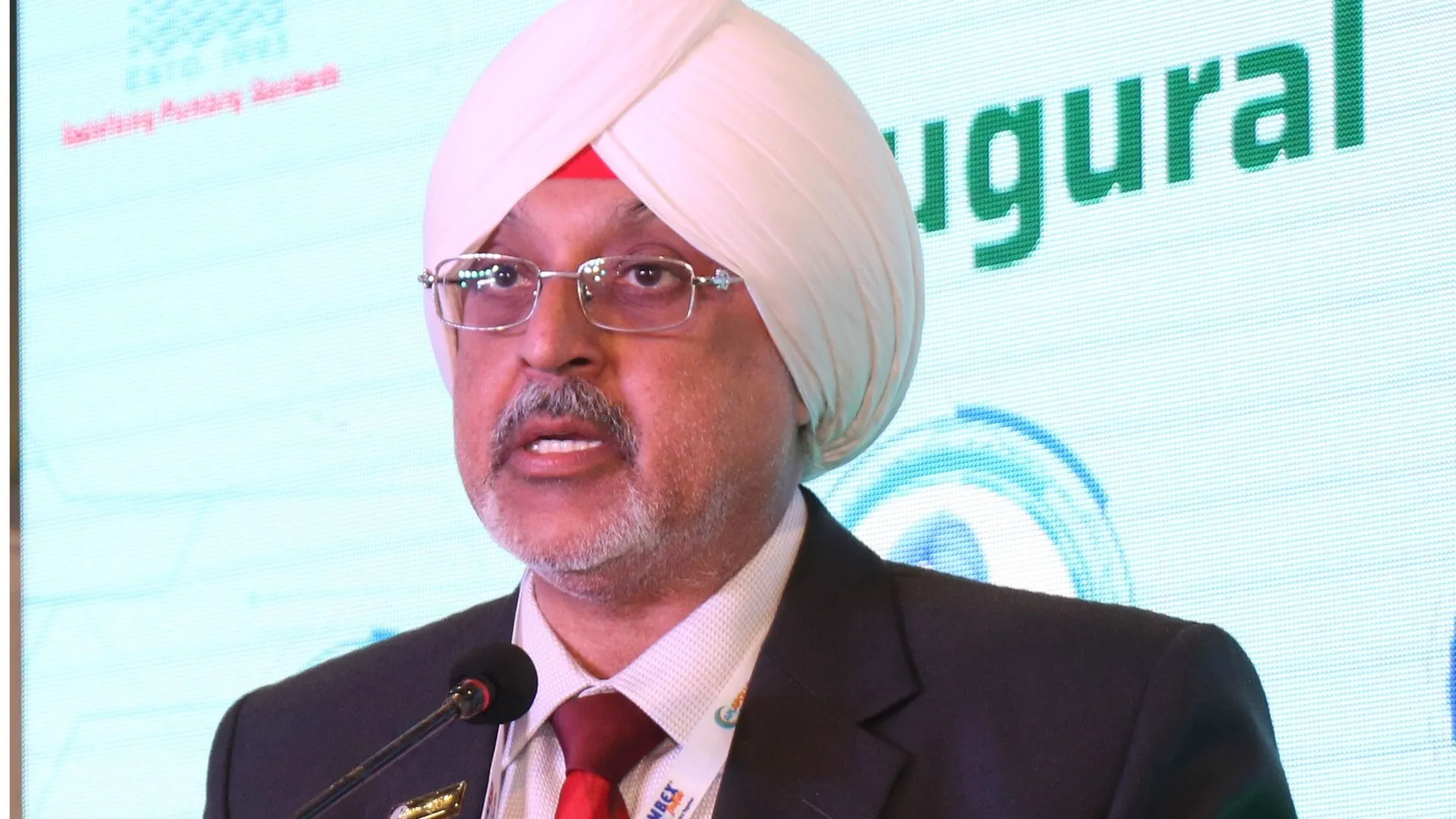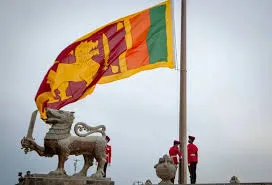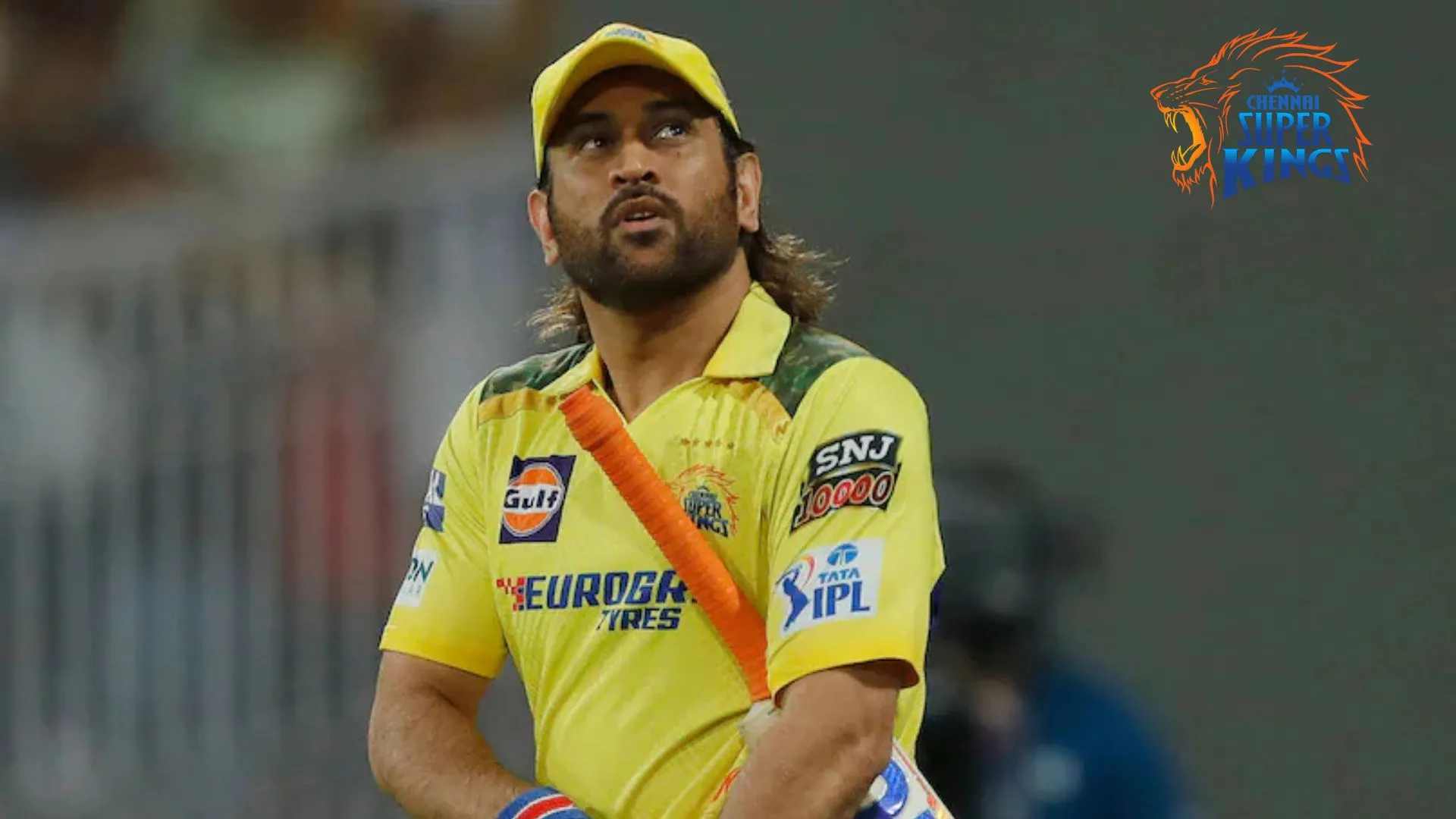Chandrayaan-1 (2008): India’s Maiden Lunar Mission
- Launched on October 22, 2008, Chandrayaan-1 was India’s first lunar probe.
- Equipped with 11 scientific instruments, it conducted high-resolution remote sensing of the moon’s surface and detected water molecules on the lunar surface.
- Made significant contributions to lunar science by mapping various elements and minerals.
Chandrayaan-2 (2019): A Complex Lunar Mission
- Launched on July 22, 2019, Chandrayaan-2 aimed for a soft landing on the moon’s South Pole.
- Consisted of an orbiter, a lander named Vikram, and a rover named Pragyan.
- The orbiter continues to study the moon from orbit, while the lander’s soft landing attempt failed due to a last-minute glitch.
Chandrayaan-3 (2023): Learning from Setbacks
- Chandrayaan-3 is India’s third lunar mission, designed to address the limitations of Chandrayaan-2.
- Aims for a successful soft landing on the lunar surface and rover-based exploration.
- Adopts a failure-based design approach, with changes to landing area, lander autonomy, fuel capacity, and structure.
Chandrayaan-3 Payloads:
- Propulsion Module: Carries the lander-rover configuration to lunar orbit.
- Lander Payloads: Includes RAMBHA, ChaSTE, ILSA, LP for seismic, thermal, atmospheric, and compositional analysis.
- Rover Payloads: APXS and LIBS for elemental composition analysis near the landing site.























